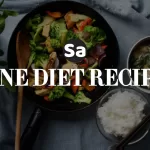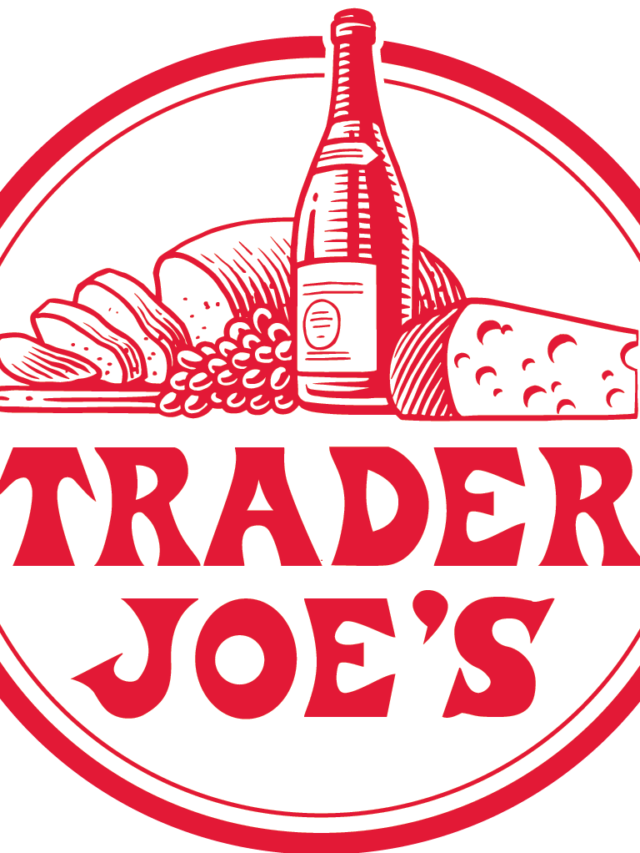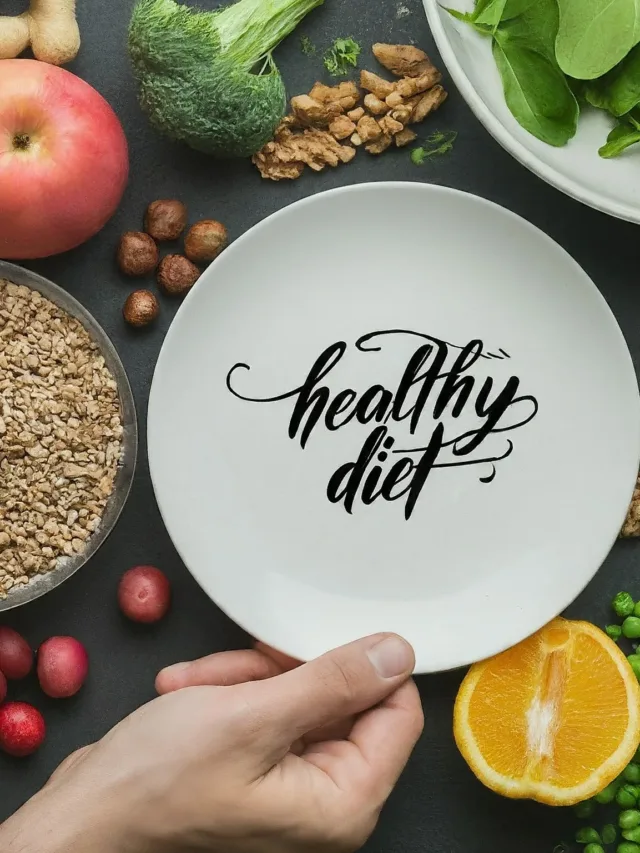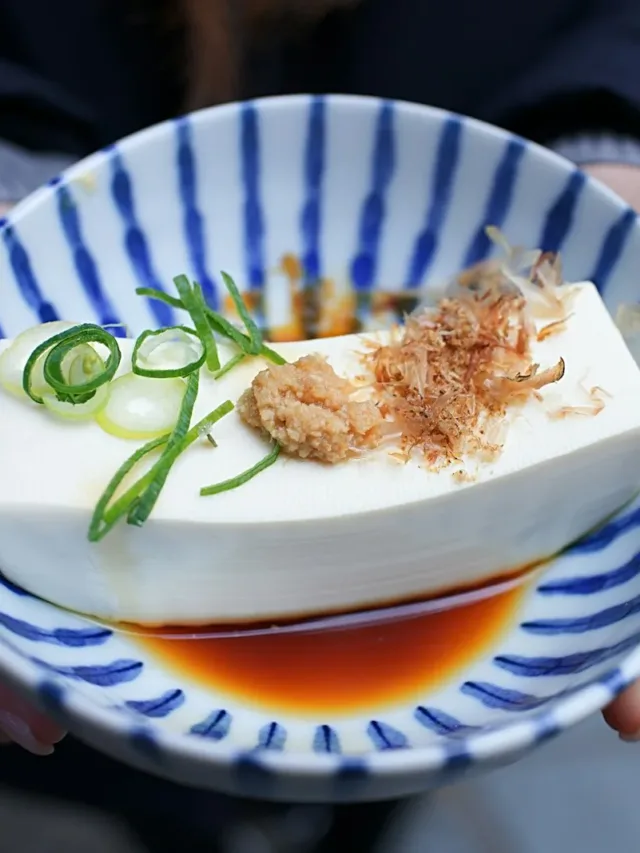Complete Guide to Zone Diet, Recipes and more
Zone Diet Recipes are recipes that adhere to the popular Zone diet plan that focuses on balancing macronutrients, particularly protein, carbohydrates, and fat, in a 40:30:30 ratio. The idea behind this diet is to help control insulin levels in the body, which can in turn help with weight loss and improve overall health.
But, Finding or calculating recipes which are zone diet friendly especially those looking for Indian Zone Diet recipes can be quite challenging. So, in order to solve this problem for you, we have prepared a small list of Zone Diet Recipes including mostly Indian recipes, which you can include in your zone diet program.
But before we delve into the many zone recipes, let us get to know this Zone diet a bit better. Knowing more about zone diet will help you determine if it is a suitable fit for you. However, we suggest you to checkout A Detailed guide to various Diet types for a Healthy Living, which can help you decide which plan better fits you and your lifestyle.
ZONE DIET INTRO
The Zone diet is a dietary program that was popularized in the mid-1990s by Dr. Barry Sears, a biochemist and nutrition expert. It’s based on the idea that controlling the balance of macronutrients (carbohydrates, proteins, and fats) in the diet can help regulate insulin levels, reduce inflammation, and improve overall health.

The Zone diet involves dividing each meal into specific proportions of macronutrients, with the goal of consuming 40% of calories from carbohydrates, 30% from protein, and 30% from fat. The diet also emphasizes eating low-glycemic index (GI) carbohydrates, lean protein sources, and monounsaturated fats.
The concept of Zone Diet is sometimes mixed with Blue Zone Diet which is a completely different nutritional approach. Blue Zone Diet is based on the dietary patterns of populations living in Blue Zones. Blue Zones are regions around the world where people live longer and healthier lives than average. These regions include Okinawa in Japan, Sardinia in Italy, Nicoya in Costa Rica, Icaria in Greece, and the Seventh-day Adventist community in Loma Linda, California.
ZONE BLOCK UNIT
Zone Block is a unit of measurement used in the Zone diet. It is a standardized way to measure food intake and balance the amount of protein, carbohydrates, and fat consumed in each meal. One Zone Block contains a specific amount of each macronutrient:
| Protein | Carbohydrates | Fats |
| 7 grams | 7 grams | 1.5 grams |
The recommended Zone Block intake varies depending on factors such as age, sex, weight, and activity level. However, a common starting point is 11 Zone Blocks per day for women and 14 Zone Blocks per day for men, divided into three meals and two snacks.
| Protein | Carbohydrates | Fats | |
| Male | 98 grams | 98 grams | 21 grams |
| Female | 77 grams | 77 grams | 16.5 grams |
By using the Zone Block method, individuals can more easily create balanced and satisfying meals that align with the principles of the Zone diet.
ZONE DIET BENEFITS
Zone Diet is a popular long term diet program that focuses on balancing macronutrients to promote weight loss and optimal health. There are many benefits associated with following the Zone Diet. Here are some potential benefits of the Zone Diet:
- Promotes weight loss: Zone Diet is mostly favoured upon due to its weight loss benefits. By focusing on the balance of protein, carbohydrates, and fat in each meal, the Zone Diet may promote weight loss by reducing overall calorie intake, increasing satiety, and promoting fat loss.
- Supports heart health: The Zone Diet encourages the consumption of lean protein, healthy fats, and fiber-rich carbohydrates, which can promote heart health by reducing inflammation, improving cholesterol levels, and lowering blood pressure.
- Improves insulin sensitivity: The Zone Diet emphasizes low-glycemic index carbohydrates, which can help improve insulin sensitivity and reduce the risk of diabetes and other chronic diseases.
- Increases energy and mental clarity: By promoting stable blood sugar levels and reducing inflammation, the Zone Diet may improve energy levels and mental clarity, making it easier to focus and stay productive throughout the day.
- May reduce inflammation: The Zone Diet encourages the consumption of anti-inflammatory foods, such as fish, nuts, and fruits and vegetables, which may reduce inflammation throughout the body and decrease the risk of chronic diseases.

ZONE DIET CHALLENGES
While the Zone Diet can be an effective weight loss and health-promoting program for some individuals, it may not be the best fit for everyone. Here are some potential drawbacks that you need to watch for before zoning in on the Zone Diet:
- Restrictive: The Zone Diet requires careful measurement and planning of food portions, which can be time-consuming and difficult to maintain in the long term. This can be especially challenging for those who enjoy dining out or have a busy lifestyle.
- Limited food choices: The Zone Diet places a heavy emphasis on lean protein, fruits, and vegetables, which may not provide enough variety for some individuals. This can make it difficult to meet nutritional needs and may increase the risk of nutrient deficiencies.
- Cost: The Zone Diet can be expensive, as it requires the purchase of high-quality lean protein, fresh fruits, and vegetables, which can be more costly than processed or convenience foods.
- Potential for overconsumption of carbohydrates: The Zone Diet encourages the consumption of carbohydrates, which may lead some individuals to overconsume carbohydrates and exceed their daily macronutrient requirements.
- Not suitable for everyone: The Zone Diet may not be appropriate for certain individuals, such as those with a history of eating disorders, those who are pregnant or breastfeeding, and those with certain medical conditions.

So, before starting on a diet such as this it is important to weigh the pros and cons for you, and if it is worth the trouble and always speak with a healthcare provider or registered dietitian before starting any new diet or nutrition program.
In case the zone diet is a fit for you or you are just trying to know more about it, the Zone diet encourages eating five or six small meals throughout the day, rather than three large meals, to help maintain a consistent balance of macronutrients and blood sugar levels.
ZONE DIET DAY PLAN
The typical Zone Diet plan involves consuming three meals and two snacks per day, each containing a balance of protein, carbohydrates, and fat in a 40:30:30 ratio. Here is an example of a typical day on the Zone Diet:
Breakfast:
- 3 scrambled egg whites with spinach and 1 slice of whole-grain toast
- 1 cup of berries
Snack:
- 1 small apple
- 10 raw almonds
Lunch:
- Grilled chicken breast with mixed greens and a balsamic vinaigrette
- 1/2 cup of brown rice
- 1/2 cup of steamed broccoli
Snack:
- 1/2 cup of cottage cheese
- 1/2 cup of sliced cucumber
Dinner:
- Grilled salmon fillet with roasted asparagus and sweet potato
- Small side salad with mixed greens and olive oil dressing
But, this is more of an overly simplified version which can work just fine for one or two days a week, but we need a plan that we can stick to, and it is only possible if there are variations to the meals as well as the dishes should be delicious that tickle our Taste buds. Preparing or finding such zone diet recipes especially Indian zone diet recipes adhering to these proportions can be challenging. So, here we are making it easy for you, try these 25 Indian Zone diet recipes in the proportions suggested. Let’s first take a look at these healthy Zone Diet based Breakfast recipes to kick start your day.
ZONE DIET RECIPES (BREAKFAST)
An approximate nutrition breakdown for this Zone Diet Egg Bhurji with Avocado Toast recipe is –

Overall, this meal provides approximately 370 calories, 17.7g protein, 29g carbohydrates, and 21g fat. The protein and fat content of this meal can help to promote feelings of fullness and satiety, while the carbohydrates from the whole wheat bread and vegetables can provide sustained energy throughout the morning.
Well, this dish doesn’t cover those who go for 100% vegetarian diet, so here is a detailed vegetarian Indian breakfast recipe that follows the Zone Diet principles:
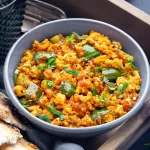
Nutrition Information: This recipe makes 2 servings. Each serving contains approximately:
- 300 calories
- 19 g protein
- 11 g carbohydrates
- 21 g fat
- 3 g fiber
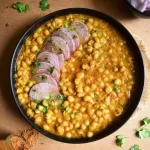
With this settled, let’s move to the main course for our Indian food lovers. Here are some Zone Diet recipes which adhere to the requirements of both Veg and Non veg foodies.
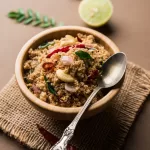


ZONE DIET RECIPES (MAIN COURSE)

Here’s the approximate nutrition value for the Paneer dish described in the recipe:
Serving size: 1/2 of the recipe (about 300g)
Calories: 445 kcal Protein: 24g Carbohydrates: 16g Fat: 32g Fiber: 4g
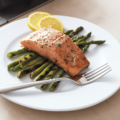
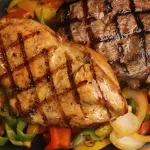

Here’s the approximate nutrition value for the grilled tandoori chicken with mixed vegetables dish described in the recipe:
Serving size: 1 chicken breast with mixed vegetables
Calories: 350 kcal Protein: 38g Carbohydrates: 16g Fat: 14g Fiber: 4g

Nutrition Information: This recipe makes 4 servings. Each serving contains approximately:
- 250 calories
- 25 g protein
- 7 g carbohydrates
- 15 g fat
- 2 g fiber
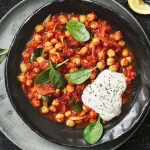
It’s worth noting that this recipe is high in fiber and plant-based protein, making it a filling and nutritious meal option. Additionally, the spices used in Chana Masala, such as turmeric, cumin, and coriander, have anti-inflammatory properties and potential health benefits. However, this recipe is also relatively high in fat, so it may not be the best option for those on a low-fat diet. Overall, Chana Masala can be a healthy and flavorful dish as part of a balanced diet.


Nutrition Information: This recipe makes 4 servings. Each serving contains approximately:
- 310 calories
- 22 g protein
- 7 g carbohydrates
- 22 g fat
- 2 g fiber
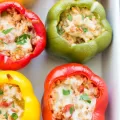
This recipe makes two servings, and each serving contains approximately 300 calories, 22 grams of protein, 16 grams of fat, and 17 grams of carbohydrates.
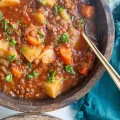
This recipe makes four servings, and each serving contains approximately 250 calories, 10 grams of protein, 12 grams of fat, and 24 grams of carbohydrates.

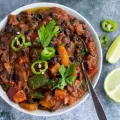
ZONE DIET RECIPES (DESSERTS)
The Zone Diet generally recommends limiting the consumption of desserts and other high-sugar foods. However, there are some Indian desserts that can fit into a Zone-friendly meal plan when consumed in moderation and in the appropriate portion sizes. Here are some examples:
Fruit Salad: A simple fruit salad made with seasonal fruits can make a refreshing and healthy dessert option. Choose fruits that are lower in sugar, such as berries, melons, and citrus fruits.
Raita: Raita is a traditional Indian yogurt-based side dish that can be sweetened with a little bit of honey and topped with fruits and nuts for a healthy dessert.

Chia Seed Pudding: Chia seed pudding can be made with unsweetened almond milk, chia seeds, and a small amount of honey or stevia for sweetness. Top with fresh berries for added flavor.

Kulfi: Kulfi is a traditional Indian ice cream that can be made with reduced-fat milk and sweetened with a small amount of honey or stevia. Flavors such as cardamom, saffron, and pistachio can be used for added flavor.

Baked Apples: Baked apples can be a healthy and easy dessert option. Simply core apples, fill with a mixture of oats, nuts, and cinnamon, and bake until tender.
As with any dessert, portion size is key. Stick to small servings and avoid eating sweets on a daily basis to stay within the guidelines of the Zone Diet.
ZONE DIET RECIPES (SNACKS)
Here are some Indian snack options that can fit into a Zone-friendly meal plan:

Vegetable Sticks with Hummus: Carrots, cucumbers, and bell peppers can be sliced into sticks and served with a side of hummus for a healthy and satisfying snack.

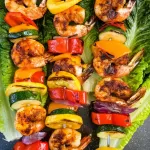
Greek Yogurt with Berries: Greek yogurt is a great source of protein, and when paired with fresh berries, it can make for a satisfying and nutrient-dense snack
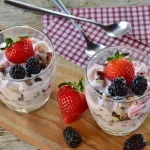
.
Sprouted Moong Dal Salad: Sprouted moong dal is a good source of protein and fiber, and can be mixed with chopped vegetables such as cucumber and tomato for a healthy and crunchy salad.



It’s important to keep portion sizes in mind when snacking on any food. Stick to small servings and avoid snacking too frequently to stay within the guidelines of the Zone Diet.
ZONE DIET RECIPES (DRINKS)
The Zone Diet emphasizes eating whole foods and limiting processed and sugary foods, so it generally does not recommend drinking high-sugar beverages. However, some Zone-friendly drinks that you can have in moderation include:
Water: Drinking water is important for hydration and can help control appetite and food cravings.
Unsweetened Tea: Black, green, and herbal teas are low in calories and can provide antioxidants and other health benefits.
Coffee: Black coffee is also low in calories and can provide some health benefits. However, be mindful of how much sugar and cream you add to your coffee, as those can increase the calorie count significantly.
Sparkling Water: If you crave carbonation, you can try sparkling water or club soda. Be sure to choose unsweetened varieties, as many flavored sparkling waters can contain added sugar.
Mixed Berries Smoothie: Though, Zone diet suggests eating whole foods, but you can still add this smoothie to your diet.

It’s important to note that drinking excessive amounts of any beverage, even those that are low in calories, can still lead to weight gain or other health issues. It’s always a good idea to consult with a registered dietitian or other healthcare professional before making significant changes to your diet or lifestyle.
ZONE DIET BREADS
The Zone Diet recommends limiting the intake of carbohydrates, including bread. However, there are some Indian breads that can fit into a Zone-friendly meal plan when consumed in moderation. Here are some examples:
Chapati: Chapati is a whole-wheat flatbread that is a staple in Indian cuisine. It is lower in carbohydrates and higher in fiber than other breads such as naan and paratha.
Multigrain Roti: Multigrain roti can be made with a combination of whole wheat flour, oats, and other grains such as millet and barley for added fiber and protein.
Besan Chilla: Besan chilla is a pancake made with chickpea flour and can be served as a bread alternative. It is low in carbohydrates and high in protein.

Almond Flour Bread: Almond flour bread is a gluten-free and low-carbohydrate bread alternative that can be made with almond flour, eggs, and a small amount of baking powder.

Coconut Flour Naan: Coconut flour naan is another gluten-free and low-carbohydrate bread alternative that can be made with coconut flour, eggs, and a small amount of baking powder.

As with any food, portion size is key. Stick to small servings and avoid consuming bread too frequently to stay within the guidelines of the Zone Diet.
